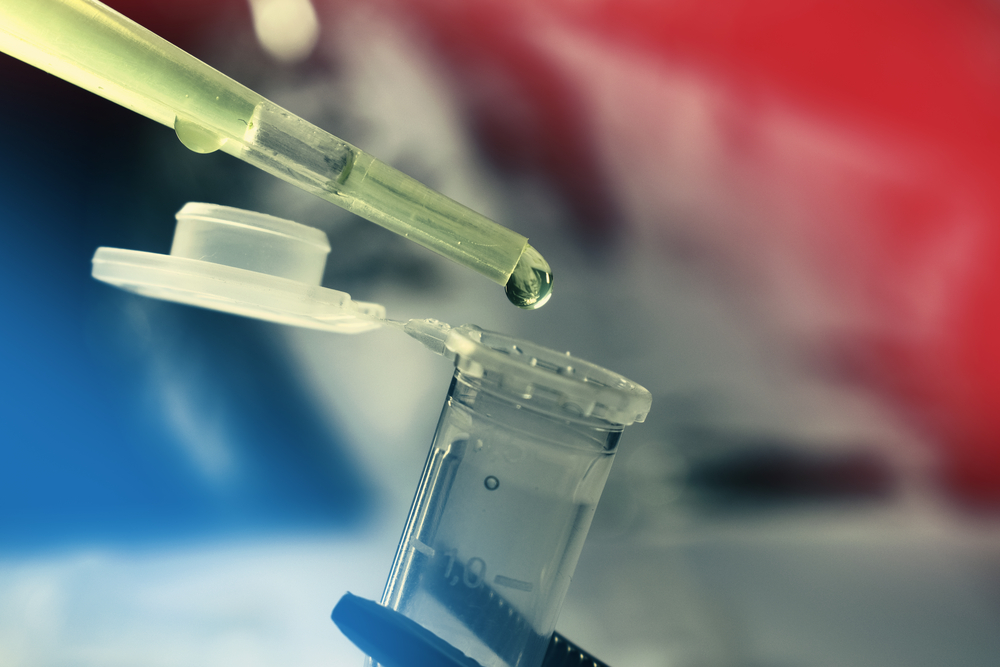Top Stories

What is Wharton's Jelly?
Wharton's jelly is at the forefront of current medical research. Its name dates back to the 17th century when the English anatomist Thomas Wharton first identified the jellylike substance that surrounds vital parts inside the umbilical cord. Today, it has become a distinct source of stem cells and, therefore, Advanced Medical Integration considers it a critical element in the advancement of medical treatments for everything from wound care to surgical procedures.
Found within Wharton's jelly are several distinct stem cell genes. With this raw material, biomedical firms can create stem cell lines that, among other things, aid recuperation via the regeneration of tissue that has been lost or damaged.
This is because stem cells are, basically, the core building blocks of all human cells. When retrieved from sources like Wharton's jelly, stem cells are not dedicated to any specific bodily function. But their power is that they have the ability, when introduced to other parts of the body, to adapt and grow into other, more "mature" types of cells (known as potency).
Stem cells are unspecialized cells of the human body. They are able to differentiate into any cell of an organism and have the ability of self-renewal. Stem cells exist both in embryos and adult cells. There are several steps of specialization.
Current research is focused on growing a wide range of new tissue from stem cells, including muscle, blood, brain, and cartilage cells. It is an intricate field with remarkable potential.
There are currently four ways of sourcing stem cells. Each is now a distinct area of study and research, with the relative strengths and weaknesses of each methodology being probed and perfected:
-
Embryonic stem cells, which must be extracted from embryos three to five days old (known as blastocysts, which contain only about 150 cells at this point of development). This type of stem cell is very versatile and has a wide range of uses, though procuring them entails medical and ethical challenges.
-
Adult stem cells, which are present in small amounts in adult tissue but less adaptable than embryonic stem cells, making their use in medical treatments more challenging.
-
Induced pluripotent stem cells, which harness the power of genetic reprogramming — basically, the altering of a cell's DNA — to change the course of cellular development.
- Perinatal stem cells, of which Wharton's jelly is a significant source material. They have many of the positive characteristics of embryonic stem cells while sourcing material is far less challenging, since postpartum tissue can be used.
CONTACT: Stefen Anderson, Director of Marketing | stefen@amidoctors.com | 888-777-0815



Comments